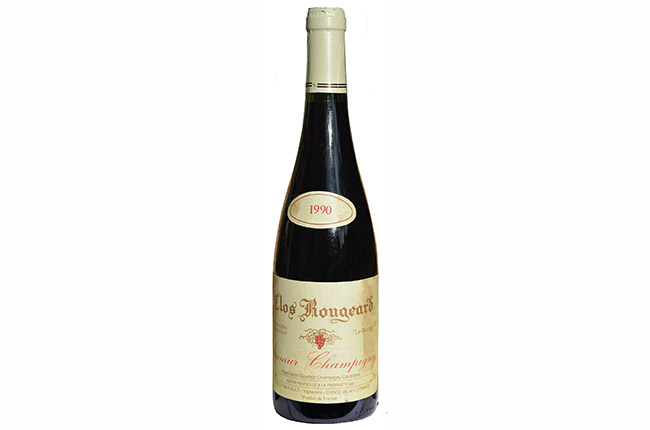Joseph Phelps, Insignia 1997 is a legend because…
Insignia was one of Napa’s first proprietary Bordeaux-style blends, although the very first vintage, 1974, was pure Cabernet Sauvignon, as was the 1976. By 1977 it had taken on its present form. Although the precise blend has varied over the years, it has always been Cabernet-dominant. In an appealing contrast to many of Napa’s cult wines, Insignia is made in substantial quantities. The 1997 represents the peak of production, and today Insignia ranges from 120,000 to 180,000 bottles.
Looking back
Construction tycoon Joseph Phelps began a new career as wine producer in 1973. As well as excellent Cabernets, his winery became known, under its German winemaker Walter Schug, for its Rieslings and botrytis wines and for some of California’s first Syrah bottlings. The idea of a proprietary blend is now commonplace in Napa and Sonoma, but again Phelps was the pioneer of this style. Craig Williams took over as winemaker in 1983 and continued to fine-tune the Insignia blends, sourcing more and more of the fruit from Phelps’s own Napa vineyards.
The vintage
This was both an early and big vintage. Cabernet Sauvignon resisted a rainy and humid mid-August, though some Merlot suffered. The huge crop led to some dilution in poorly managed vineyards. A dry September with moderate temperatures brought the Cabernet to perfect ripeness, with picking lasting four weeks until 8 October. Insignia was always hailed as one of the wines of 1997; some other Napa reds were clearly overripe and are now in decline.
The terroir
From 2004 Insignia was produced only from Phelps’s own estate vineyards in various parts of Napa Valley, but in 1997 about 40% of the grapes were purchased from other growers with whom the winery had long-term relationships. As a selection it was produced from many different lots, so that it doesn’t make much sense to speak of a precise terroir behind the wine. The Cabernet Sauvignon came from vineyards in Rutherford and Stags Leap; the Merlot was sourced from Carneros, and the Petit Verdot from Napa Valley.
The wine
The grapes from different sources were sorted and fermented separately in stainless steel tanks, then aged separately until the spring of 1998. The various lots were then tasted and the final blend composed. This definitive version of the 1997 was aged in new barriques for a total of 26 months before being bottled.
The reaction
I’ve tasted this vintage four times, most recently in 2012: ‘Very ripe and intense mint and blackcurrant nose, with eucalyptus tones. Very rich palate, but lifted and vigorous, with pungent acidity. Not tiring at all.’
The facts
Bottles produced 240,000
Blend 83% Cabernet Sauvignon, 14% Merlot, 3% Petit Verdot
Yield N/A
Alcohol 13.9%
Release price $120
Price today £312

Wine legend: Chateau Montelena 1973

Wine Legend: Wendouree, Shiraz 1990 (magnum) Clare Valley, South Australia
Tony Brady has been crafting intensely flavoured wines from Shiraz, Cabernet Sauvignon, Malbec and Mourvedre (Mataro) since 1974...

Wine Legend: Clos Rougeard, Le Bourg 1990
Clos Rougeard, Le Bourg 1990 is a legend because…





